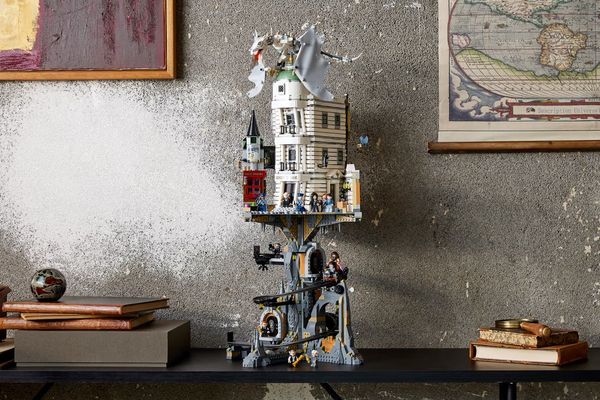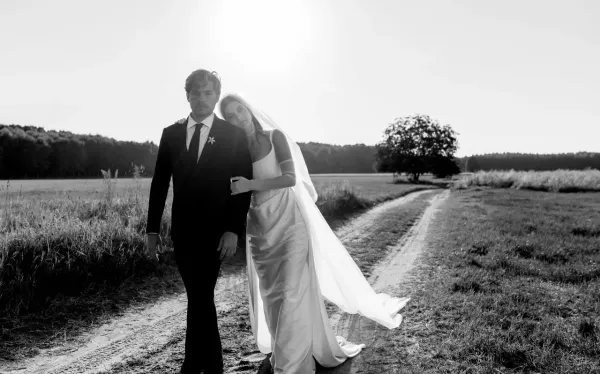Dr. Richard Florida is a world-renowned American urban theorist and public intellectual who focuses on social and economic theory. He’s a professor at the Rotman School of Management at the University of Toronto and a Distinguished Fellow of the NYU School of Professional Studies. Over the years, Florida has tried his hand at many roles, from teaching the next generation of academics to working as an editor and correspondent for none other than The Atlantic magazine, where he was appointed Senior Editor in 2011. He majored in political science and earned a degree in Urban Planning from Columbia University. Florida is best known for his concept of the creative class and its implications for urban regeneration, which he articulated in his bestselling books The Rise of the Creative Class (2002), Cities and the Creative Class (2003) and The Flight of the Creative Class (2006). Florida’s theory posits that metropolitan regions with high concentrations of tech workers, artists, musicians, LGBTQ people show higher levels of economic development. Florida refers to these groups collectively as the “creative class”.
This article originally appeared in issue no. 5 of the Hype&Hyper print magazine.
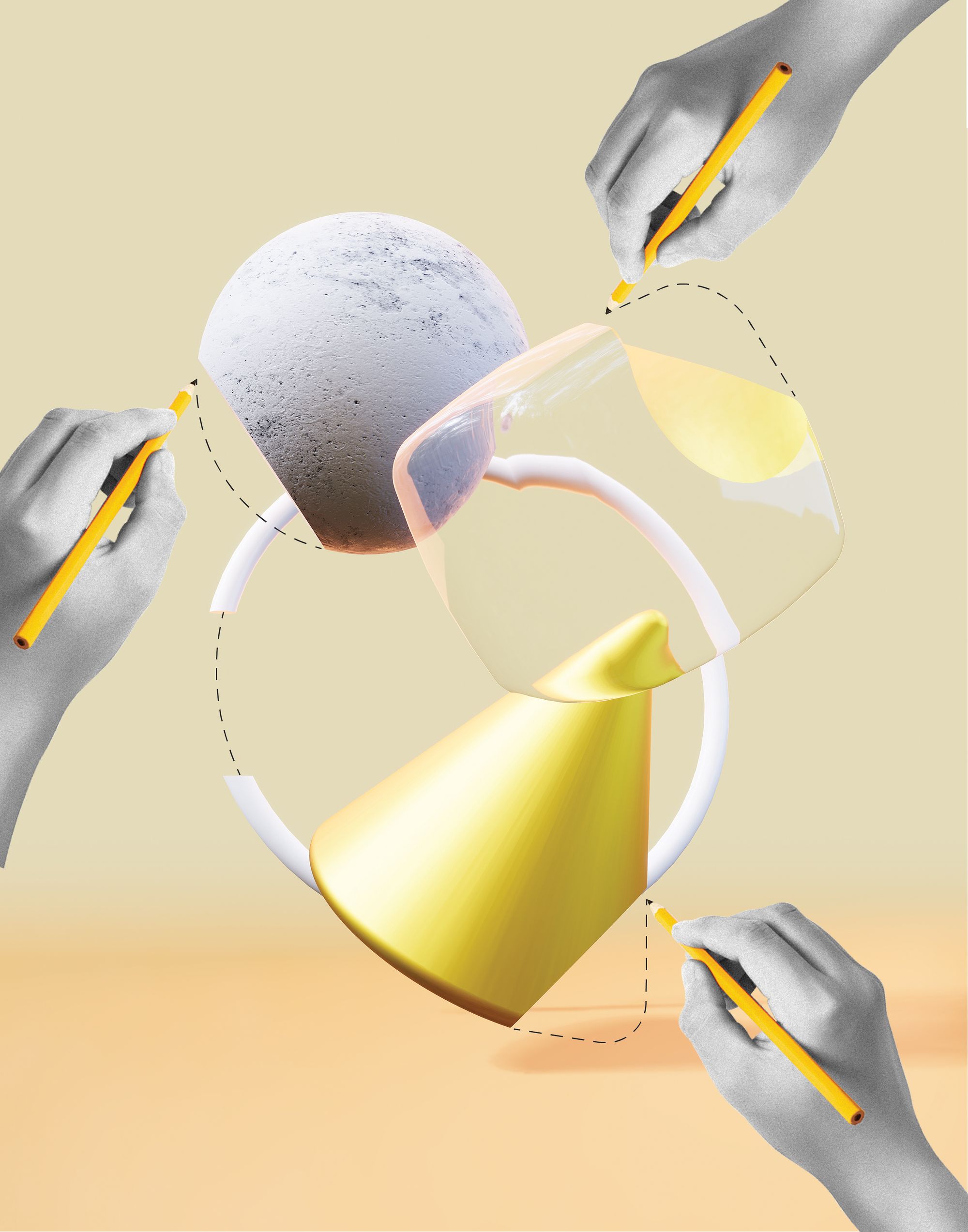
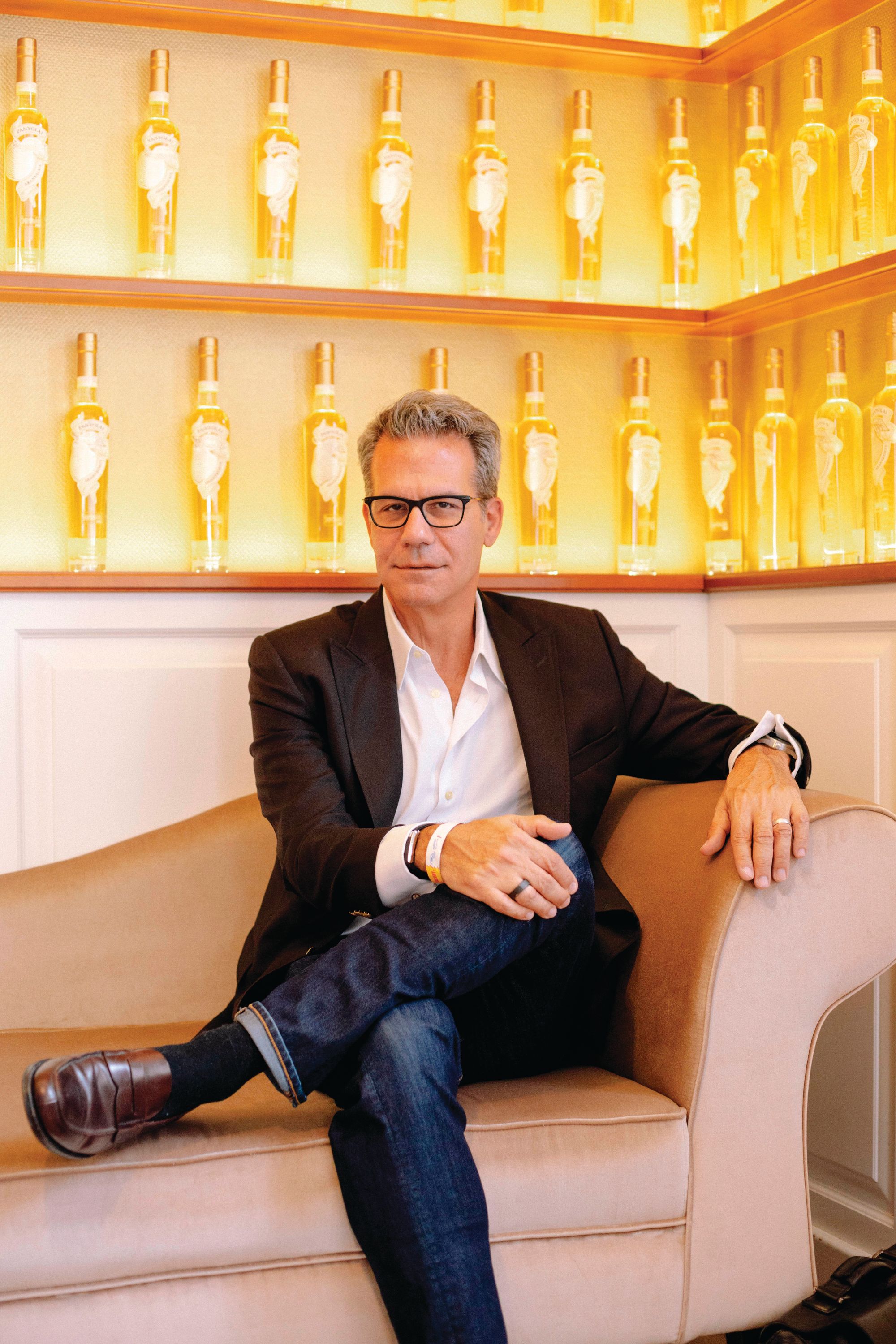
Startups are the new drivers of economic growth and you attribute this power to the creative class. What is the relationship between startups and the creative class?
My work on the creative class started almost 20 years ago. I was living in Pittsburgh, which was kind of the centre of the old industrial world. Steel, heavy industry, unions, machine politics and a tremendous amount of smoke. I was teaching at Carnegie Mellon University which in many ways was the propellant of the startup revolution. If you look at many of the companies in the Bay Area, they were founded by people who were either professors or students at Stanford. I kept asking myself why isn’t this happening in Pittsburgh? I called it the Pittsburgh Paradox. We had one of the three big engines of the startup revolution. The other two are much more well known. Stanford in the Silicon Valley and MIT, part of the Boston Cambridge technology cluster and Carnegie Mellon.
Why wasn’t it happening in Pittsburgh?
I was actually part of the effort to build this sort of ecosystem in Pittsburgh. We put a lot of work into it, both in the community and in the university. The former mayor of Pittsburgh always tells this story when he introduces me and how we became good friends.
“When Richard Florida came to my office and started to talk about university research, technology and startups, we thought he was insane.”
At the university we began to put effort into building up a technology transfer innovation startup accelerating capability. Even one of the first companies that enabled modern internet search was created at Carnegie Mellon and we hid that company into a startup facility near the university, which ultimately moved to Boston. But why? Not because Boston had higher wages, lower real estate cost, lower business cost or lower taxes. It was because the people they needed to grow the business were in Boston. So that’s where the idea of the creative class came from.
Who belongs to the creative class?
The creative class is made up of scientists, technologists, innovators, entrepreneurs, researchers, musicians, designers, artists, graphic designers and of course, knowledge-based professionals, all of whom are creative or innovative. I used the word creative because I wanted to be very inclusive of artists, but this is an innovative, knowledge-driven economy.
Startup ecologies are found in places with higher concentrations of the creative class. What Pittsburgh was missing was not startups but the broader environment. Startups were being created, but they left. The talent was there but creating a larger ecosystem which would enable it both to retain and attract talent and startups was left out. These two aren’t easily separated.
When I was reading your book, the part called the revenge of the squelchers I found particularly interesting. How did you come up with the idea and who are these squelchers?
Initially, the idea of the squelchers is not mine. I’ve had several intellectual influences, but when it comes to cities, Jane Jacobs, a woman who didn’t receive a formal education and never taught at a university, had the biggest impact on me. She came from a very poor town called Scranton, Pennsylvania, moved to New York City and then ultimately to Toronto. Jane has passed away since; she was much older than me. One time, we were talking about why some places emerge as centres of innovation and creativity. Why do certain places turn out to be music scenes or artistic scenes or startup scenes? She was really funny, she replied:
“Well Richard, that’s easy. Every person has creativity, every city is filled with creativity. What distinguishes thriving cities from those that stagnate and decline is a group of people called the squelchers.”
Squelchers, she explains, are the political, business, and civic leaders who divert human creative energy by putting up barriers and saying no to new ideas. So this is where the title of my chapter comes from. This was what I saw happening in cities and communities. Let’s take Pittsburgh as an example, but there are many others. Pittsburg had a ton of creativity, innovation and even produced world famous talents like Andy Warhol. It produced all these techy startup people, but they were leaving because they couldn’t realise their dreams and see to their potential. She told me that it’s our job to call out the squelchers because if we don’t do it, then who will?
In that chapter you stated that you are a strong critic of publicly funded fads such as efforts to build stadiums and large-scale downtown revitalization plans.
I’m not against stadiums or symphony buildings. Building these monuments, I call them the SOBs (symphonies, operas, ballets) is all fine, but you shouldn’t spend a lot of public money on it. Money is better spent supporting palpable creative activity, like supporting artists or musicians or startups. I’m not saying that people don’t like to watch football, but I believe that there are other things that are probably a more productive use of funds.
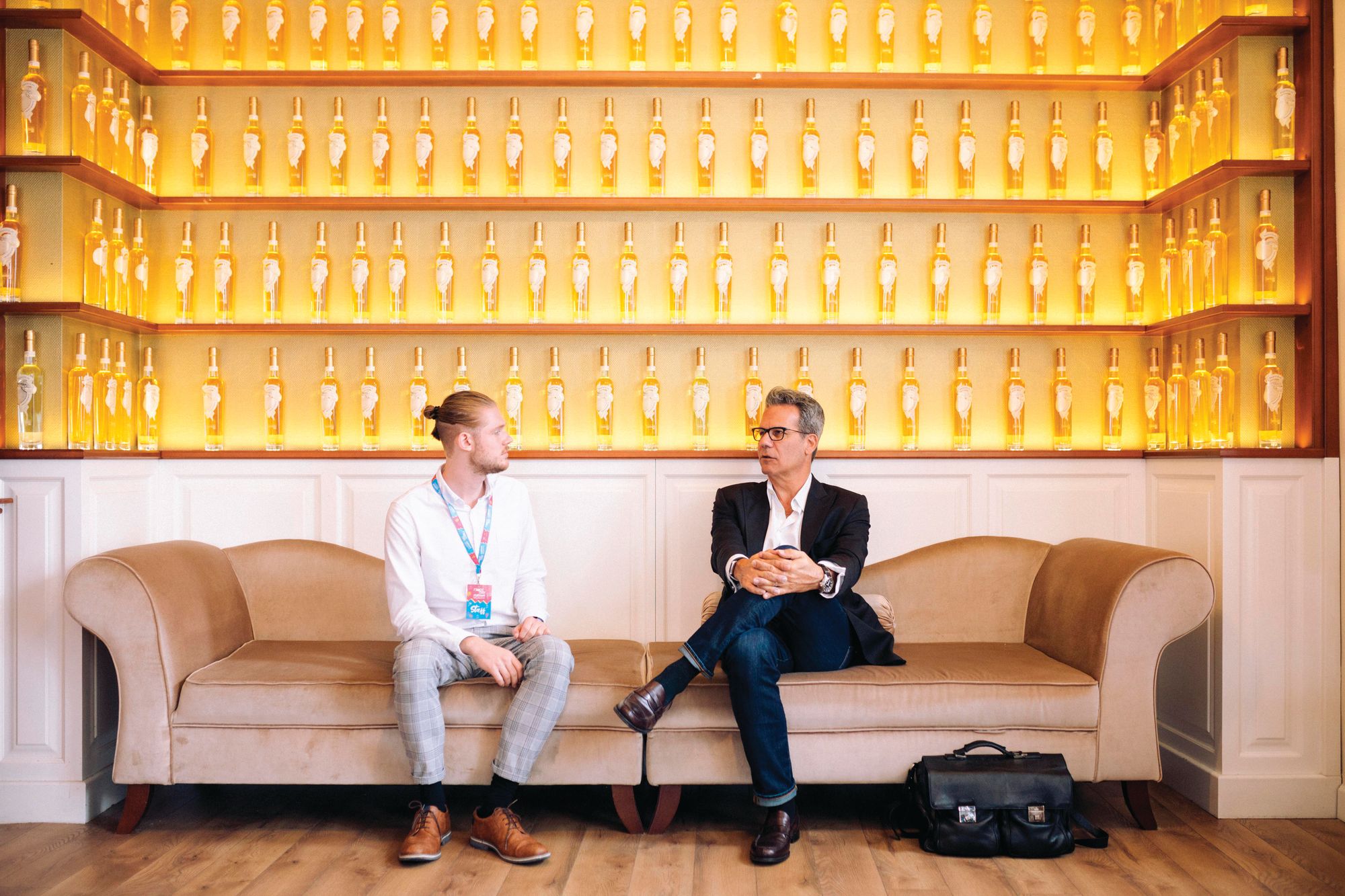
You described some bad examples of incentivizing the establishment of a flourishing ecology. What would you say is the best way to design an ecosystem right now, in 2022 where the creative class could thrive?
The notion of an innovation ecosystem or a startup ecosystem is pretty new. When I started, these words didn’t exist. One word that emerged first was cluster. A cluster is a set of co-locations. When I conducted the first series of studies on venture capital systems in the 1980s with Martin Candy, we called it a social structure of innovation. Now, when I think back to the past decade, it doesn’t feel like an old concept. The idea of ecosystems is borrowed from biology.
Everyone wants to imitate Silicon Valley. A very famous venture capitalist once said: “Take two parts venture capital, one part research university and shake it vigorously.”
He was of course joking, but at the same time, telling the truth. You have to understand that ecosystems can’t be forced, they’re organic. They grow on their own over time, which, in this sense, means creating a place that enables all sorts of creative activity. As Jane Jacobs always said: “new ideas require old buildings”.
Whether you’re in a rock and roll band, a DJ or have a startup that started out in a garage, you need cheap, affordable, reconfigurable space. Having that in a level of abundance really matters because people need physical space. I think about this now in the era of remote work. When I was writing the Rise of the Creative Class, I did a lot of interviews, and people kept saying the same which is just as true today as it was then: we want to work on great projects with great people in great spaces and great places. That's what an ecosystem is and that’s what's happening now. Spreading the ecosystems means not only the rise of new technology, but the fact that some of the leading historical ecosystems have become expensive and unaffordable in terms of housing, while becoming appealing to other kinds of people who have moved there and made them less interesting.
In relation to this, Jane Jacobs said: “It’s easy Richard, when a place gets boring, even the rich people leave.” What’s happening in San Francisco today is that it has become so expensive and invaded by trade techies and business people that it’s become boring. I’ve been doing work with the group trying to revitalise San Francisco, and I told them: cities that are down on their knees are revitalised by artists and musicians and poets and performers. What happened in San Francisco is that these people were driven out and that made the city a tech ecosystem. A tech ecosystem can’t exist without a broader creative ecosystem. These two are interdependent—creative people need creative energy and creative spaces. The mistake too many places make is to create an ecosystem for techies, but that doesn’t work. You need an ecosystem for everybody, including creative people from all walks of life.
You’ve referenced Jane Jacobs many times, but now you’re the one being referenced. How did you start your journey and what advice would you give to someone just starting out?
When I started, the startup community or ecosystem didn’t yet exist. In my day, people put on boring, itchy suits and went to work for a big company. I had long hair, a beard, several earrings, and I played rock and roll. I wanted to be a musician because I just couldn’t bear the thought of putting on a suit and going to work on Wall Street. I told myself to follow my dreams, but I probably realised that I was never going to make it as a musician—I wasn’t going to be the second coming of Eric Clapton or Jimi Hendrix. What I’d suggest is to find something you feel passionate about. Since my father only had a high school education, I didn’t really have a mentor in the career field. It’s good to bet a lot early in your career. This is how venture capitalists think: if you bet on one startup, it has a one in ten chance of succeeding, but if you bet on ten, one in ten succeeds. If you have a goal, place bets, but be very smart and strategic so that if something doesn’t work out, you can quickly place another bet and be malleable. That’s what I did—I made a lot of bets, and of all the books I’ve written, one became a hit. Chances are, if you bet fast enough and don’t get stuck, one will give you a breakthrough.
Photos: Dániel Gaál
Illustration: László Bárdos

Faces and landscapes of Petőfi’s people | Interview with Róbert László Bácsi and Balázs Mohai
